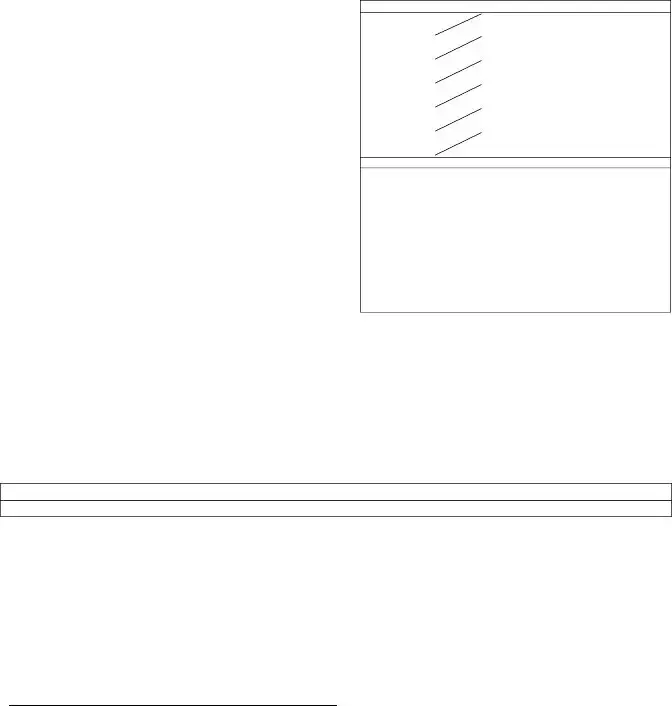The North Dakota EMS Patient Care Report form encompasses a comprehensive framework designed for documenting the critical aspects of patient care administered by emergency medical services. This includes a gamut of information from basic identification details, such as the patient's name, age, and social security number, to more specific data related to the emergency incident—for instance, the location, time, and nature of the incident. Additionally, the form delves into the medical response details, capturing elements like initial assessments, administered medications, procedures attempted (noting successes or failures), and the patient’s vital signs over time. It also accommodates details regarding patient disposition, such as the type of receiving facility and patient mileage covered. Beyond the procedural and clinical information, the form ensures that the legal aspects, like consent or refusal of service, are clearly recorded, complemented by insurance and billing information to streamline the financial components of emergency medical care. Importantly, the form provides a structure for EMS providers to include narrative sections, allowing for a more detailed account of the patient's condition and the care provided. This fosters a holistic approach to patient care reporting, ensuring that every facet of the encounter is meticulously documented for legal, medical, and billing purposes.

